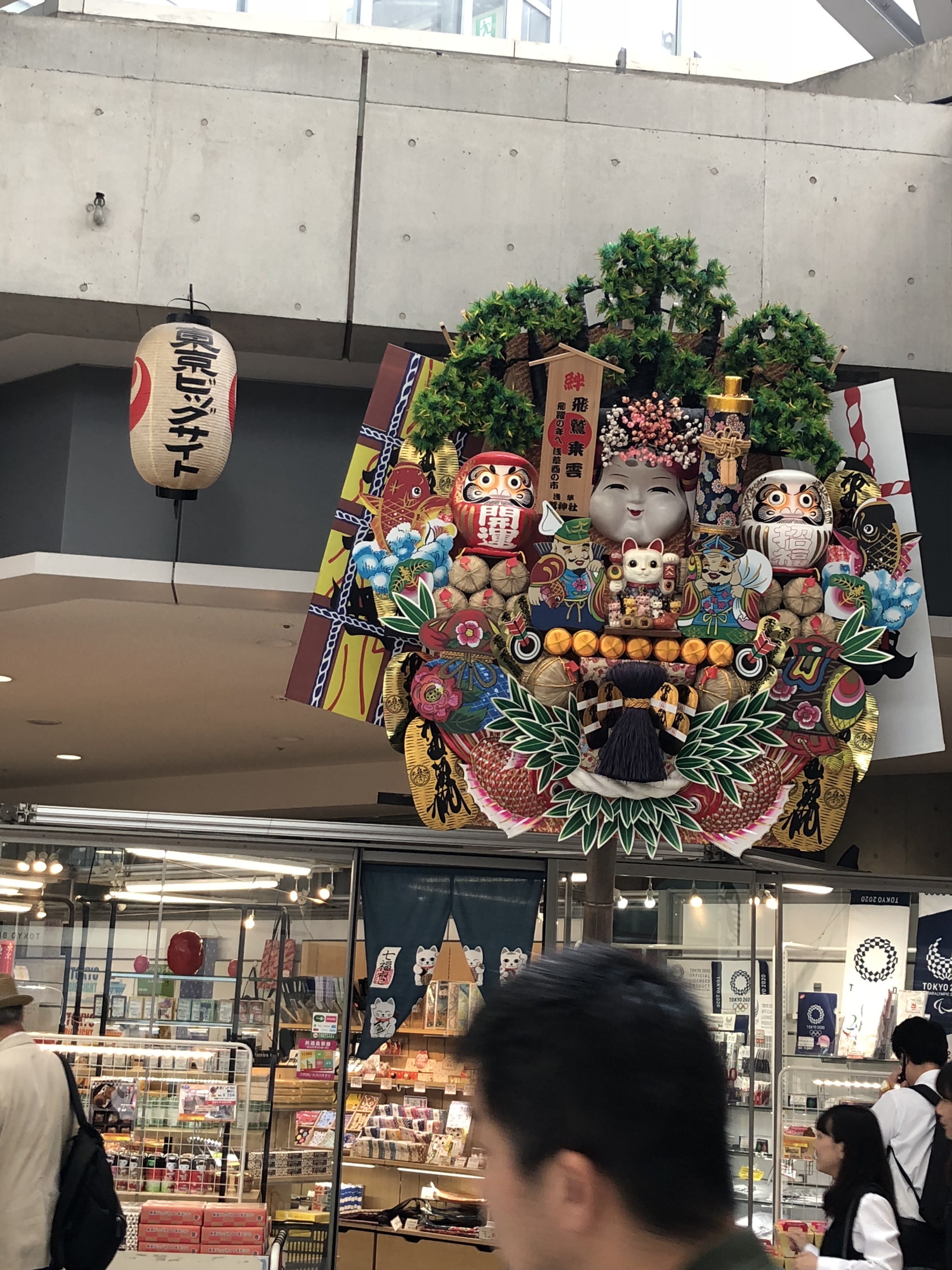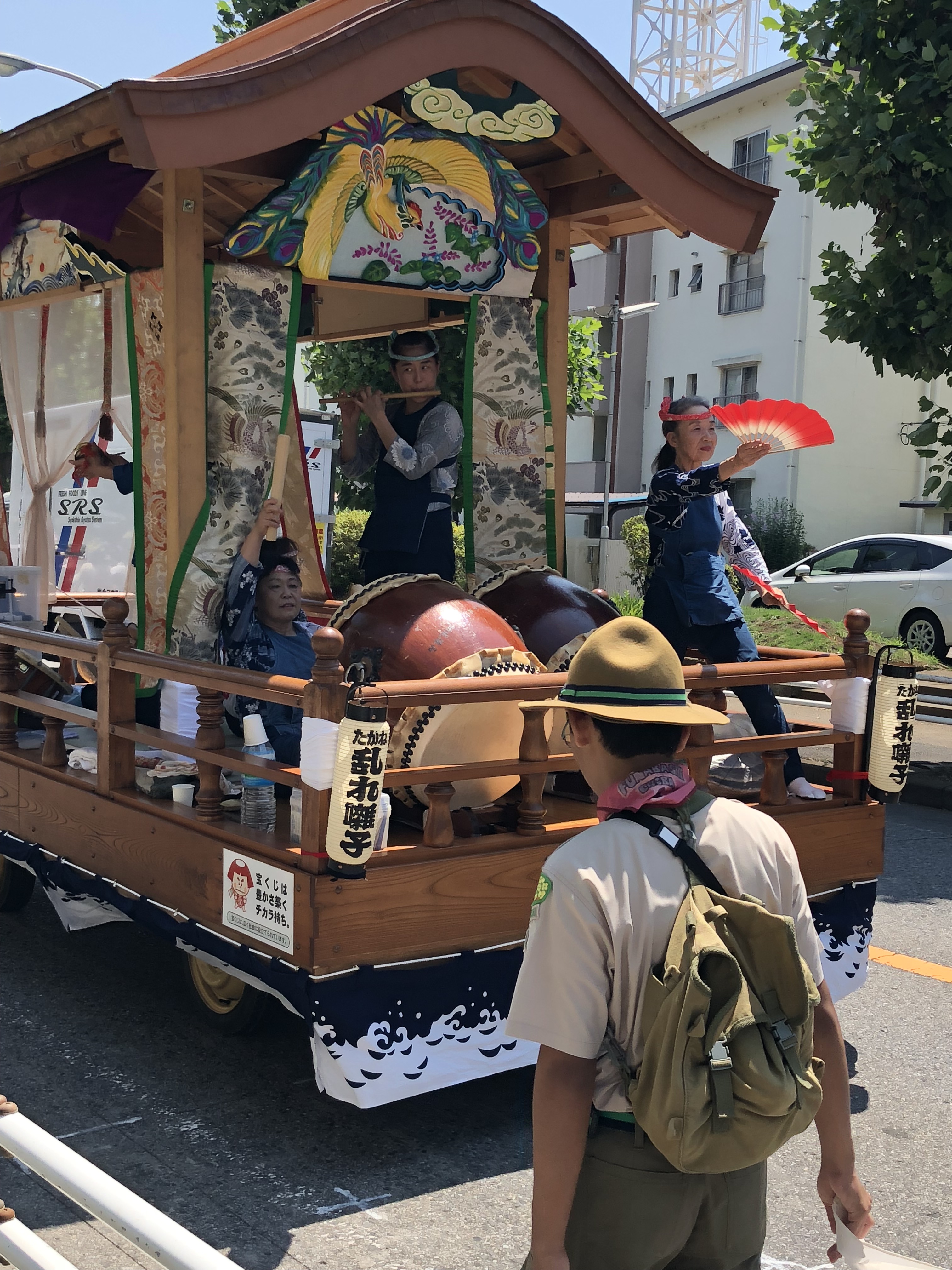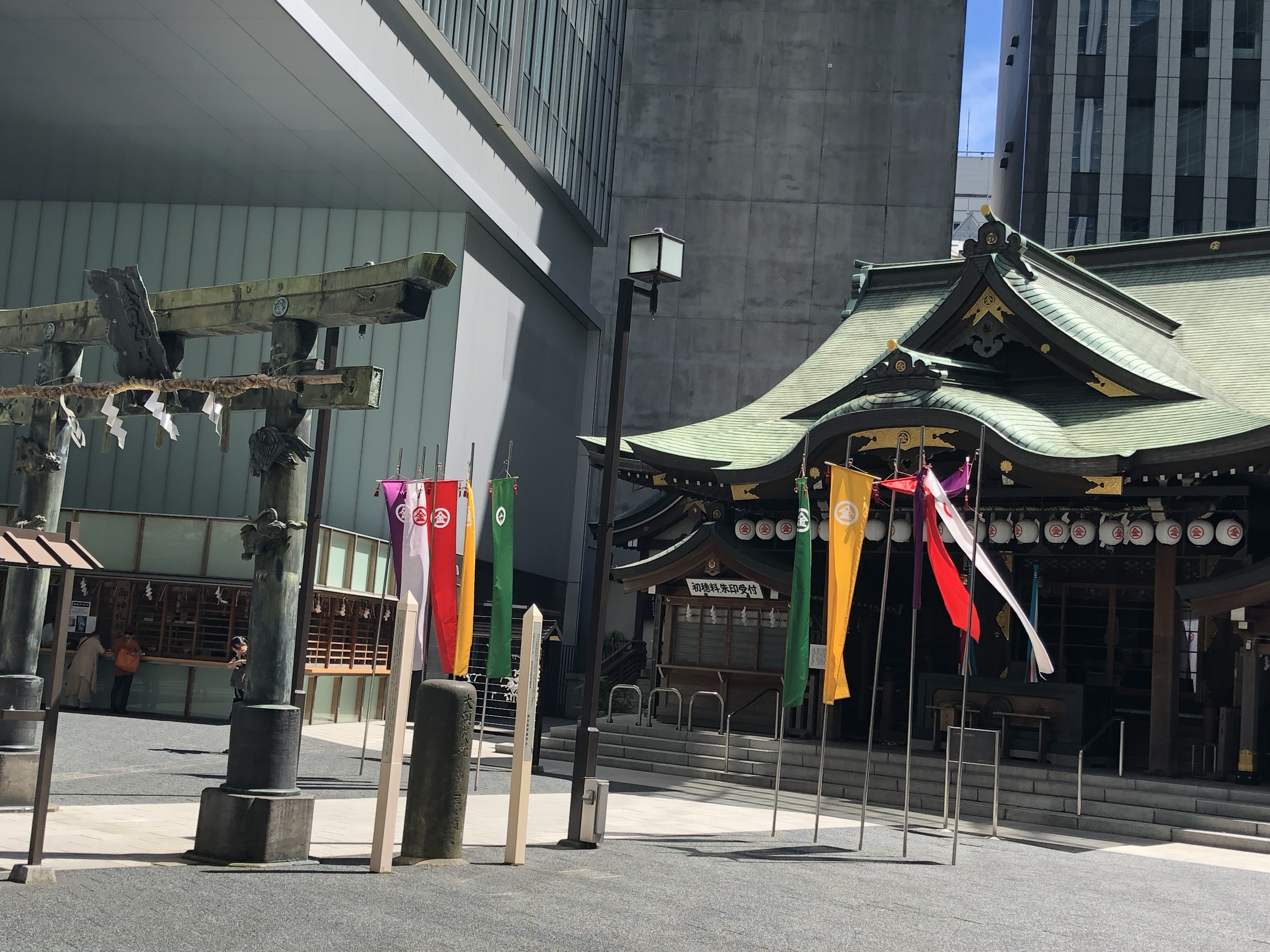Welcome to Europe-Japan Dynamics!
This is our blog page.
Please click here for what we do.
Please click here for who we are.
************************************
Pick of the week from Japan, 3 – 7 July
4 Jul. The t t 3 landed near Nagasaki-shi, 115 people gone to
7 Jul. Heavy rain continues in Kyushu region, death toll reached 8, continued caution called for
3 Nagasaki-shi, Kyushu region on 4 July, very heavy rain still continues in the order of 200 to 300 mm per day. Eight people died, 26 were lost, and 570 villagers are isolated because of the road disaster as of 7 July. Local municipalities directed evacuation to about 49,000 residents.
I am so sorry for people who lost lives, houses and had to leave home.
Japan is full of natural disasters throughout its history; typhoons, earthquakes, volcano explosions and tsunamis to name only a few. The Japanese lived with such horrible natural power, which is far beyond human control. People just had to live with it.
Typhoons and small earthquakes were not unusual in everyday life since my childhood. I have taken them for granted.
It was a discovery for me to know that there are regions where the earth never quakes, no typhoons comes and mountains do not explode all the sudden. This region is Europe. I know there are volcanos and earthquake happens in some parts of Europe, but these are in far smaller scales and frequencies than those in Japan.
What are consequences of the climate on people’s way of thinking, values or culture?
Though I don’t want to think that human mind is shaped by the climate of the place people live, I must admit that one should not neglect substantial influence of the climate on culture. Natural disasters may influence people’s way of thinking.
The Western people who live in Japan and well integrated in its society are often frustrated by the Japanese because they are patient too much. In the Westerners’ eyes, the Japanese appear to prefer to do nothing and wait for storm to go away, rather than fighting against it.
In my eyes, on the contrary, the Western people do not hesitate to take actions to remove causes of their problems, or even fight against them. People do not hesitate to ask questions when they don’t understand something, and negotiate with the neighbors to cut trees in the neighbor’s garden if they block the view of the lake from their window. Such attitude has pros and cons. I don’t judge such attitude. I’m merely talk about a simplified observation of the Western reactions to problems.
It is wrong to explain cultural differences by simple reasons such as the climate. I however think it reasonable to take into account in thinking of reasons of the differences what the climate teaches to human beings in different regions of the world. This teaching continues for centuries, generations after generations. No wonder the Japanese do not try to control or fight against the super power of the nature as they know earthquakes, typhoons and tsunamis go beyond the human power.
It is not surprising to see a trace of the habit of ” just living with it” (or being patient) in the day to day habit of the Japanese.
- The news items referred here are picked up from “Asahi Digital”, and translated by Europe-Japan Dynamics. The cited titles or articles are not an official translation by the Asahi Newspaper.
************************************
- Interested in our cross-cultural trainings, coaching and consulting to move forward business with Japan? Please talk to us.





